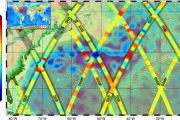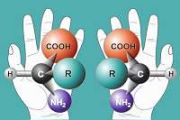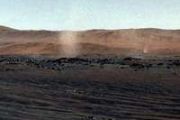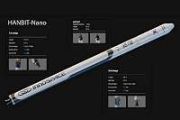
Copernical Team
The making of Juice: the film
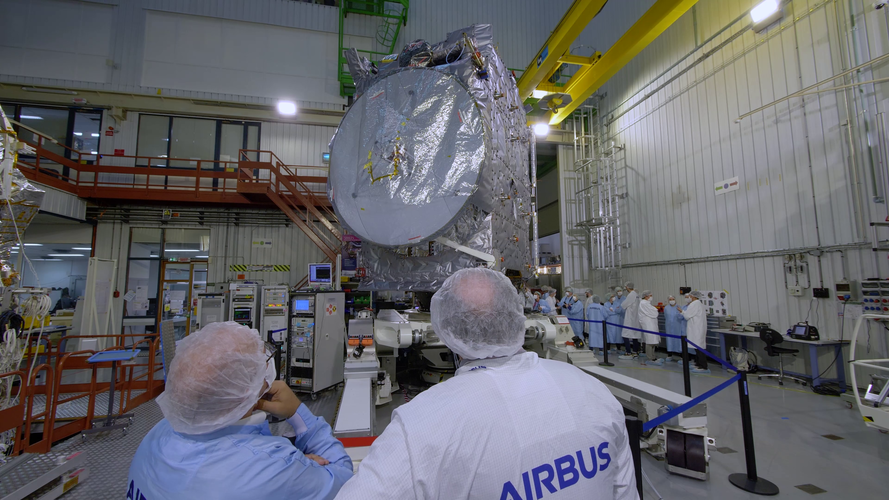 Video:
02:02:28
Video:
02:02:28
One giant planet. Three icy moons. An eight-year journey. One special spacecraft.
Building a mission to Jupiter took years of planning and thousands of people. Now that Juice is finally en route to its destination, we go behind the scenes to discover the story of the making of Juice.
The film features exclusive interviews with scientists and engineers from across Europe, as well as backstage footage from the planning, testing and launch of this once-in-a-generation mission.
Follow the final three years of Juice’s life on Earth. Discover why the mission was named Juice, how teams working on the spacecraft handled
Ariane 6 mobile building rolling timelapse
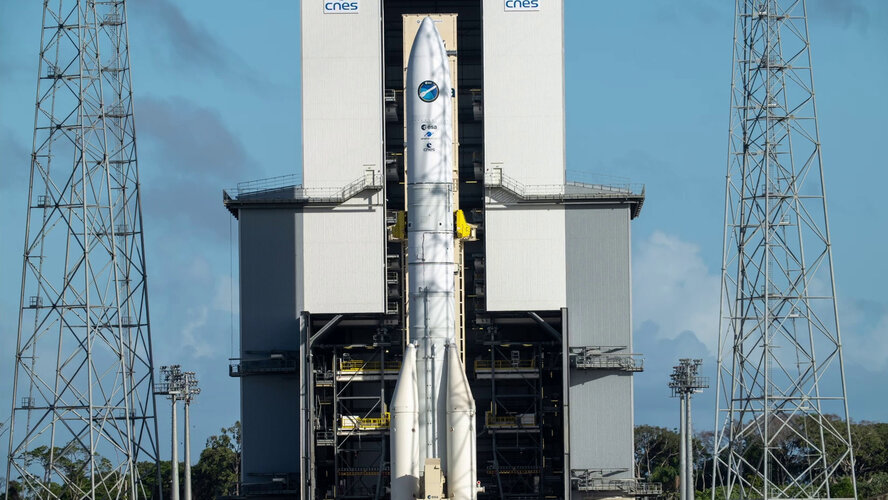 Video:
00:01:14
Video:
00:01:14
On 23 November 2023 the Ariane 6 rocket test model at Europe’s Spaceport in French Guiana was prepared for a combined hot-fire test to test its core stage and main engine for eight minutes of firing – the full duration of a launch.
The mobile building weighs 8200 000 kg – heavier than France's Eiffel Tower. Its platforms provide access to the rocket before a launch. It protects Ariane 6 until its doors are opened and is retracted before a launch or test. The mobile gantry stands on 16 bogies with eight wheels each and every wheel is
Spire joins ESA's Third Party Mission Programme

Spire joins ESA's Third Party Mission Programme
Astronauts assemble: reserve reunion
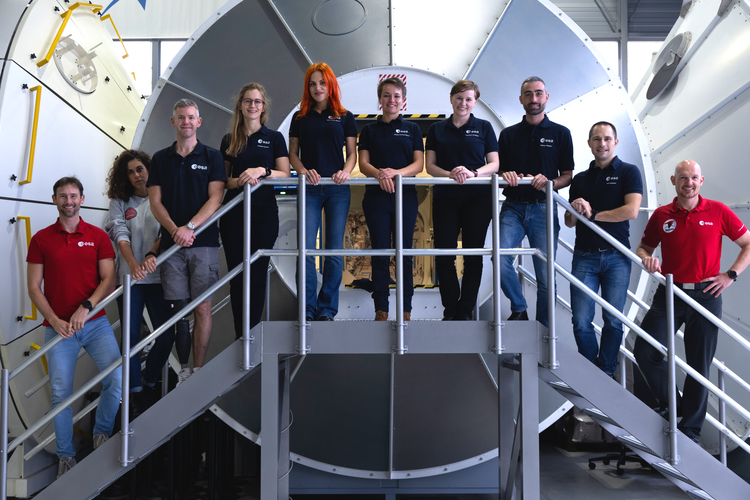 Image:
Members of the reserve of ESA's astronaut class of 2022 visit the European Astronaut Centre in Cologne.
Image:
Members of the reserve of ESA's astronaut class of 2022 visit the European Astronaut Centre in Cologne. A satellite’s death spiral
 Image:
A satellite’s death spiral
Image:
A satellite’s death spiral Dwarf galaxies use 10-million-year quiet period to churn out stars
 If you look at massive galaxies teeming with stars, you might be forgiven in thinking they are star factories, churning out brilliant balls of gas. But actually, less evolved dwarf galaxies have bigger regions of star factories, with higher rates of star formation.
Now, University of Michigan researchers have discovered the reason underlying this: These galaxies enjoy a 10-million-year del
If you look at massive galaxies teeming with stars, you might be forgiven in thinking they are star factories, churning out brilliant balls of gas. But actually, less evolved dwarf galaxies have bigger regions of star factories, with higher rates of star formation.
Now, University of Michigan researchers have discovered the reason underlying this: These galaxies enjoy a 10-million-year del NASA awards $2.3 million to study growing food in lunar dust
 NASA has awarded $2.3 million to scientists to study how to grow vegetation in lunar soil as human exploration prepares to go beyond Earth's atmosphere, scientists said Tuesday.
Researchers say their priorities are advancing work that will grow organisms in lunar soil as part of the Thrive in DEep Space, or TIDES, program.
"The ultimate goal of the TIDES initiative is to enable l
NASA has awarded $2.3 million to scientists to study how to grow vegetation in lunar soil as human exploration prepares to go beyond Earth's atmosphere, scientists said Tuesday.
Researchers say their priorities are advancing work that will grow organisms in lunar soil as part of the Thrive in DEep Space, or TIDES, program.
"The ultimate goal of the TIDES initiative is to enable l Autonomous excavator creates 3D map of rocks to build 19-foot-tall wall
 An autonomous excavator developed by researchers at the Federal Institute of Technology (ETH) in Zurich, Switzerland, has successfully constructed 19.6-foot-tall and 130-foot-long wall.
The excavator, named HEAP, scans rocks to determine their size, shape and center of gravity. An algorithm then determines the best location to place each rock.
"Using sensors, the excavator can au
An autonomous excavator developed by researchers at the Federal Institute of Technology (ETH) in Zurich, Switzerland, has successfully constructed 19.6-foot-tall and 130-foot-long wall.
The excavator, named HEAP, scans rocks to determine their size, shape and center of gravity. An algorithm then determines the best location to place each rock.
"Using sensors, the excavator can au Sam Altman's return ushers in new era at OpenAI
 Sam Altman's shock return as chief executive of OpenAI late Tuesday - days after being sacked - caps a chaotic period that highlighted deep tensions at the heart of the Artificial Intelligence community.
The board that fired Altman from his role as CEO of the ChatGPT creator has been almost entirely replaced following a rebellion by employees, cementing his position at the helm of the firm
Sam Altman's shock return as chief executive of OpenAI late Tuesday - days after being sacked - caps a chaotic period that highlighted deep tensions at the heart of the Artificial Intelligence community.
The board that fired Altman from his role as CEO of the ChatGPT creator has been almost entirely replaced following a rebellion by employees, cementing his position at the helm of the firm 



